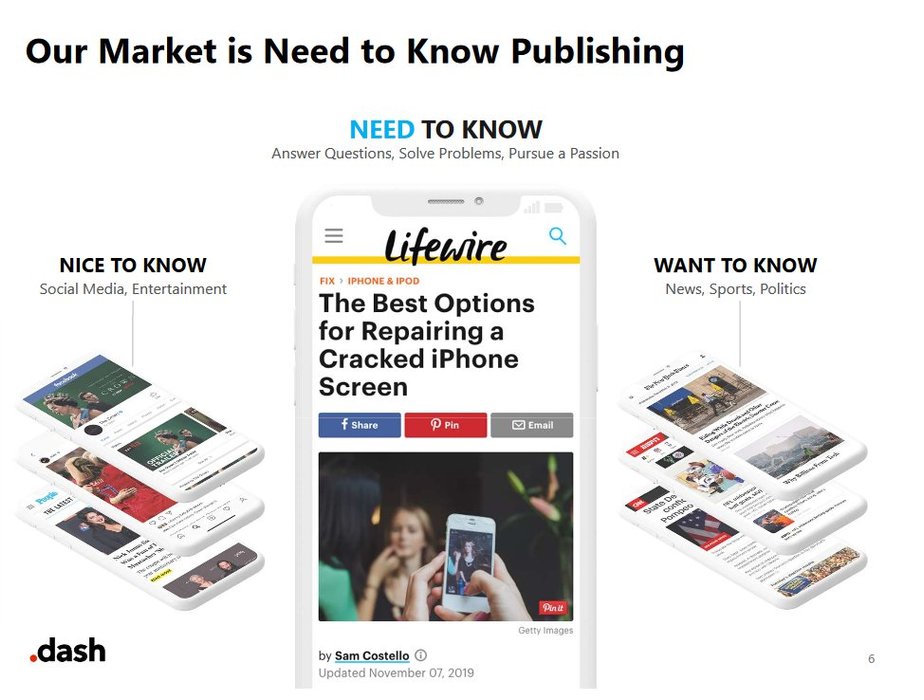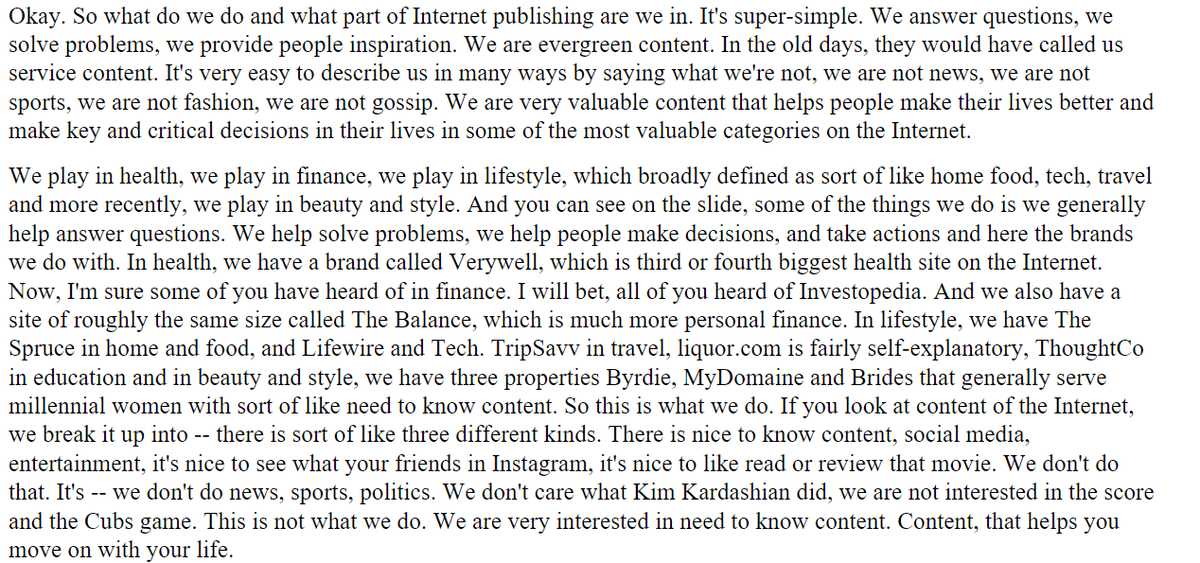Sublime
An inspiration engine for ideas
That meant there were three strategies available to media companies looking to survive on the Internet. First, cater to Google. This meant a heavy emphasis on both speed and SEO, and an investment in anticipating and creating content to answer consumer questions. Or you could cater to Facebook, which meant a heavy emphasis on click-bait and human... See more
stratechery.com • Never-Ending Niches
-Distribution: Pressure on platforms to improve transparency and economics. Data portability gives creators power.
Troy Young • Web3 and Media

traditional video on demand systems, and/or online viewing).
Jason Kilar • Jason Kilar on Hulu and content


IAC rolled out Dotdash this week. Small piece of the company, but a profitable digital media company is rarer than a profitable unicorn.
They positioned themselves as "Need to know" content, vs "Nice to know" or "Want to know" https://t.co/hlkFy34WkQ
How eCommerce is becoming a key part of publishers’ emerging revenue strategies
Damian Radcliffemedium.com
3. Fun for fans: It caters to users, not advertisers.
Avery Segal • Making a Living Off 'Likes': The New Influencer Paradigm | Andreessen Horowitz
Content discovery is, of course, the most valuable asset in any media distribution ecosystem and perhaps most overlooked in discussions of Web3's disruptive potential in media. Facebook, Google and TikTok remain the entry point for most consumers with intense network effects, and the changes above notwithstanding, innovation in blockchain doesn't... See more
Troy Young • Web3 and Media
How vertical networks can monetize